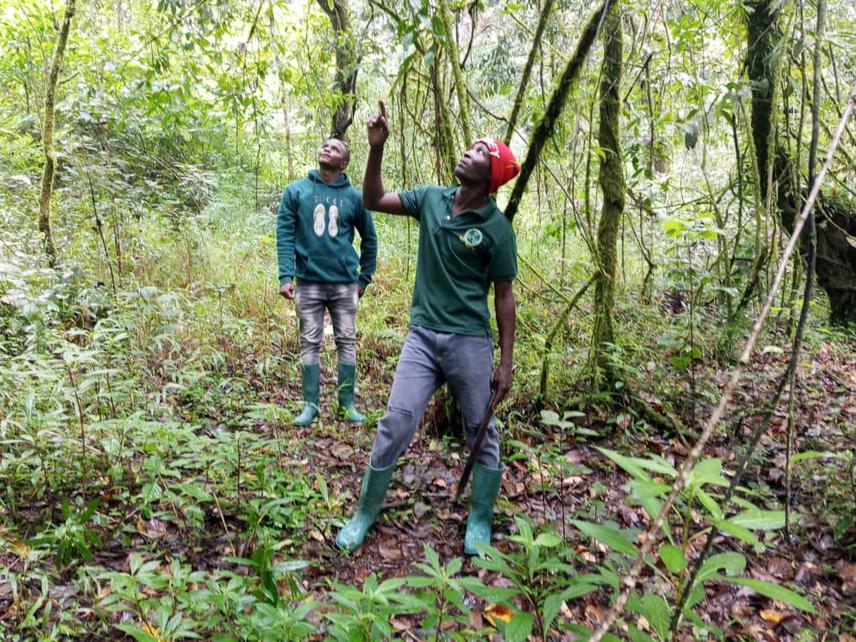Philipo Jacob
Other projects
8 Jan 2020
Estimating the Current Population, Map the Habitats and Raise Community Awareness on the Rungwecebus Kipunji in the Region
24 May 2023
Rungwecebus Kipunji Monitoring and Awareness Raising in the Livingstone Mountains Ecosystem
This project scales up successful conservation initiatives for the critically endangered Rungwecebus kipunji (Highland Mangabey) across Tanzania's Livingstone Mountains Ecosystem. Building on two previous Rufford grants that established baseline population data and monitoring protocols, this initiative focuses on creating sustainable solutions to human-wildlife conflict while building institutional capacity for long-term conservation.

Rungwecebus transect monitoring. © ECOWICE.
The project addresses a critical challenge where kipunji crop-raiding threatens both primate survival and community livelihoods. Our innovative approach introduces primate-resistant crops as buffer zones around forest edges, while simultaneously developing these crops into sustainable poultry feed enterprises to provide alternative income for local communities.
Key project components include:
1. Agricultural transformation: We train 240 farmers across eight villages to transition from maize to primate-resistant crops (soybeans, millets, sorghum, sesame), establish demonstration plots, and develop poultry enterprises that utilize these crops as feed.
2. Environmental education: We implement formal conservation education in 10 schools through monthly sessions, support environmental clubs, and organize community cinema projections to raise awareness.
3. Population monitoring: We maintain the established kipunji monitoring network with trained local personnel conducting regular transect surveys to track population trends and movement patterns.
4. Community conservation network: We strengthen village environmental committees and facilitate knowledge sharing between communities to institutionalize conservation practices.
The project area encompasses critical protected areas including Rungwe Nature Reserve, Kitulo National Park, and associated forest reserves where we have documented 13 kipunji groups comprising 123 individuals. By addressing agricultural practices that intensify human-wildlife conflict, we aim to secure the survival of this unique primate species while supporting sustainable community development.
The work builds on established partnerships with protected area authorities, local government, and conservation organizations including Wildlife Conservation Society. With co-funding from ECOWICE (Environmental Conservation for Wildlife and Community Enterprise), the project represents an approach to primate conservation that integrates ecological monitoring, community engagement, and sustainable livelihood development.